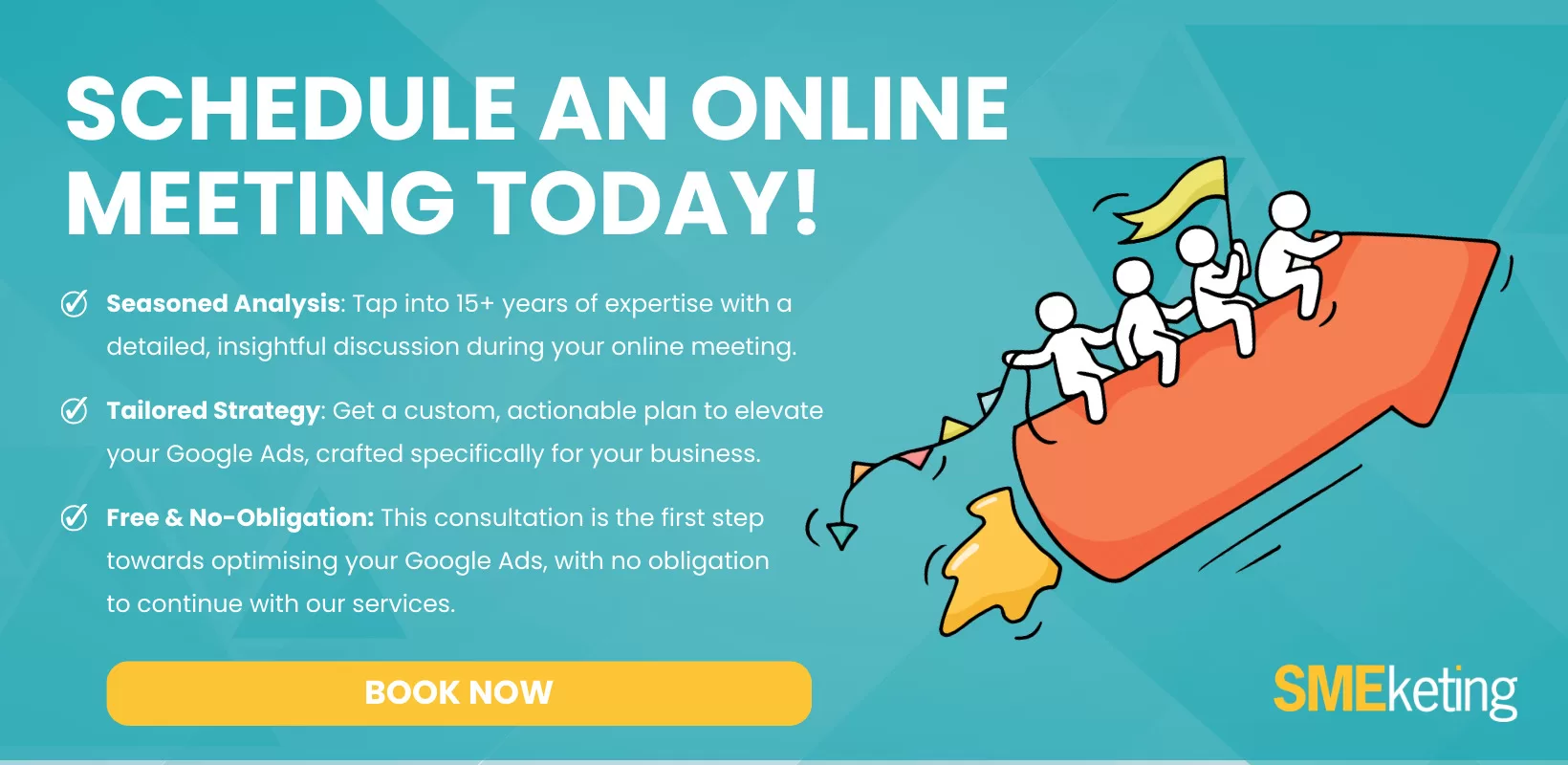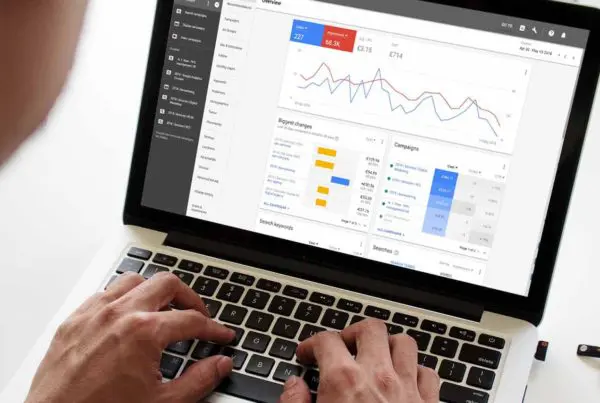Did you know 98% of visitors to your site leave before purchasing your product or service? That means all the effort you put into SEO or pay-per-click advertising is worthless unless you capitalise on their initial interest.
That’s where Google Ad remarketing campaigns come in!
Have you ever browsed Amazon or another online retailer, only to see adverts for similar products a few hours later? Did it prompt you to return to the site and make a purchase? I think I’m an advertiser’s dream as I’m an absolute sucker for a reminder for something I was previously looking at!
Remarketing is everywhere these days – and there’s a simple reason: it works! By targeting previous visitors to your site, you can experience a bunch of impressive benefits:
- No need to introduce your brand
- Bolster your brand awareness
- Maximise your SEO and content marketing efforts
- Convert prior visitors into customers
Too often, however, business owners run lacklustre remarketing campaigns that fail to see the best results. That’s why I’m going through the top tips to optimise your remarketing campaign.
What is a remarketing campaign?
Remarketing campaigns are a digital marketing strategy that shows targeted ads to past audiences or site visitors. You can launch a remarketing campaign through the Google Ads platform. There you’ll find several types of remarketing campaigns available:
- Search (commonly known as RSLA – learn more about that here: What Is RSLA? And How Can It Help My Google Ad Campaign?)
- Display
- Mobile
- Video
Whatever kind of remarketing campaign you run, you’ll want to follow some helpful optimisation tips. With remarketing campaigns having tremendous potential for boosting sales, you need to make the most of every pound spent.
How to optimise a display remarketing campaign
Update your ad copy frequently
Customers do not want to see the same ad copy day after day. It won’t spark a new purchase; it’ll fade into the background or, worse, become a nuisance. That’s why you must regularly change your ad copy (and pictures) to prevent ad fatigue.
Think about changing your call-to-action (CTA), altering the colours, or improving the description. You need to monitor your click-through rate (CTR) to ensure your existing ads aren’t dropping off. You’ll keep things fresh by evolving your ad copy, further boosting your sales.
Target existing customers at regular intervals
For many companies, the best customers are existing customers. Because they’re already invested in your product or services, they’re far more likely to purchase more. To harness this fact, send regular reminders to your customers as part of an ongoing remarketing campaign.
That’s especially true for consumables. Creating ads prompting them to reorder within 30, 60, or 90 days of purchase can increase a customer’s lifetime value.
However, be careful not to become annoying. Persistent ads are likely to put off as many customers as they attract – keep the frequency reasonable and relevant (I suggest capping your ads to 3 a day per user).
Try A/B variant testing
Even the best digital marketers can’t predict how successfully an ad will perform. Sure, we can make an educated guess; but only by testing the ad can you see the results.
Using A/B testing allows you to continually test and optimise your ads and landing pages. Change the colour, copy, pictures, call-to-action, and more to find the best formula. Then, monitor the conversion rate or CTR so you can choose the ad that delivers.
Remember: optimising a remarketing campaign is an ongoing process. You’ll need to constantly refine and adjust your campaign to yield the best results.
Focus on high-potential consumers
Not all consumers were created equally. That’s why we focus our efforts on retargeting prior site visitors. Even within this selective group, however, some consumers are more likely to purchase a product or service.
Think about it: do you choose a person who only visited your site once or someone who abandoned their digital cart full of products?
The answer is obvious. You should also launch an email marketing campaign to target previous customers. The more a person buys from your brand, the more their lifetime value increases. You can even optimise your ads for the type of consumers you’re going after.
For example, supporting your remarketing ads with an additional fun little email prompting someone to return to their cart can be the push needed to seal the deal.
Schedule your ads
As part of Google Ads, you can choose when to show your ads to customers. Try out different dates and times to determine what yields the best result. Showing an ad between 6 am and 8 am will target people on their way to work, while for many companies an ad at 3 pm is unlikely to see the best results.
Moreover, you can create themed ads – e.g., Christmas, Easter, Summer – for certain times of the year, capitalising on a holiday can increase your CTR.
Target audiences similar to your converters
Remarketing campaigns are an ingenious way to increase the value of each site visitor. However, one major downside is the lack of new users being added to your audience list. While existing customers are more valuable, you still need a steady stream of new visitors to keep your business afloat.
Luckily, Google Ads has an incredible option – you can target consumers who have similar search habits to those in your remarketing campaign list. You’re likely to see a higher conversion rate by targeting people with similar interests.
For example: if you’ve got a remarketing campaign for people who bought a mountain bike. Rather than targeting broad groups of people interested in outdoor exercise, you can create lists for people with specific similar interests.
More Remarketing Resources
Filter
Final thoughts
Running a remarketing campaign isn’t only the first step – you need to optimise the campaign to make a real difference. Whether using A/B variants, targeting customers routinely, or scheduling your ads, a well-optimised campaign ensures you are making each penny go as far as possible.
For more information on optimising your remarketing campaign, please get in touch. I’m ready to share my expertise, helping your business boost its enquiries and sales.
- The A to Z of Google Ads: Unlocking Quality Leads with SMEketing - October 2, 2023
- How to get cheaper clicks in google ads - September 11, 2023
- Google Ad Agency Red Flags To Watch Out For - August 21, 2023








